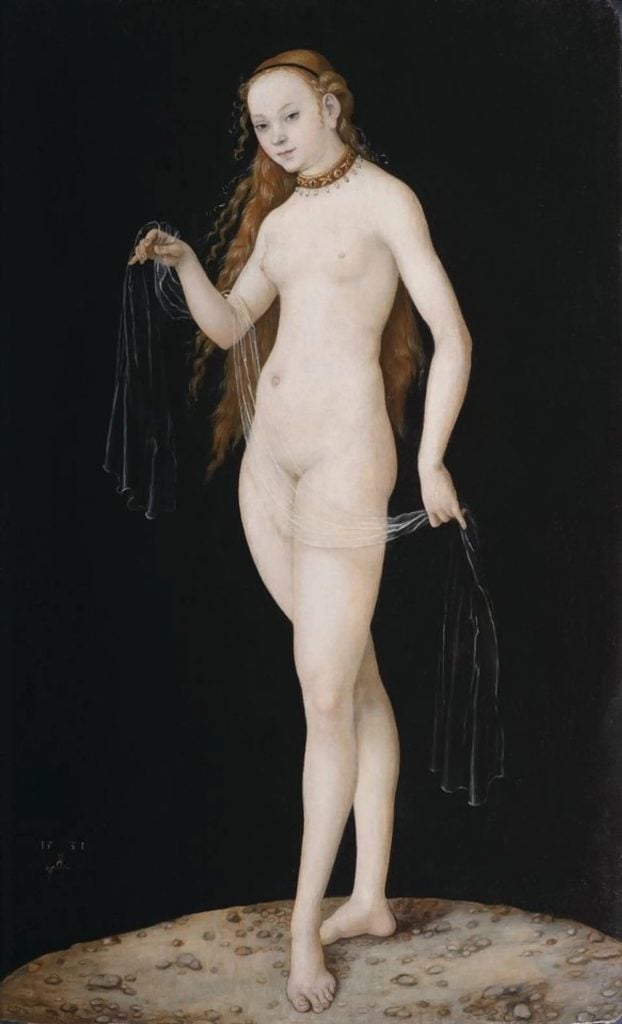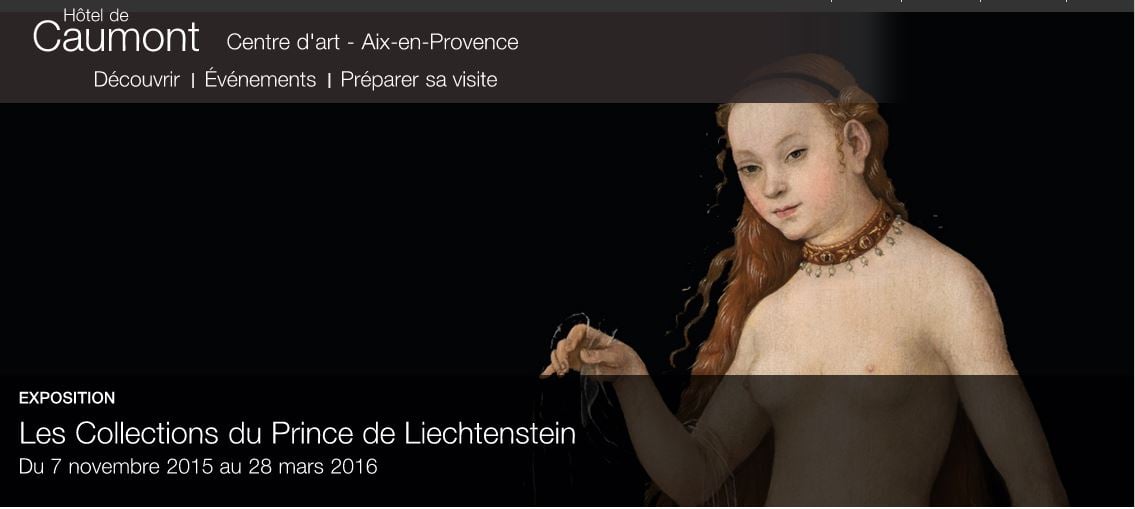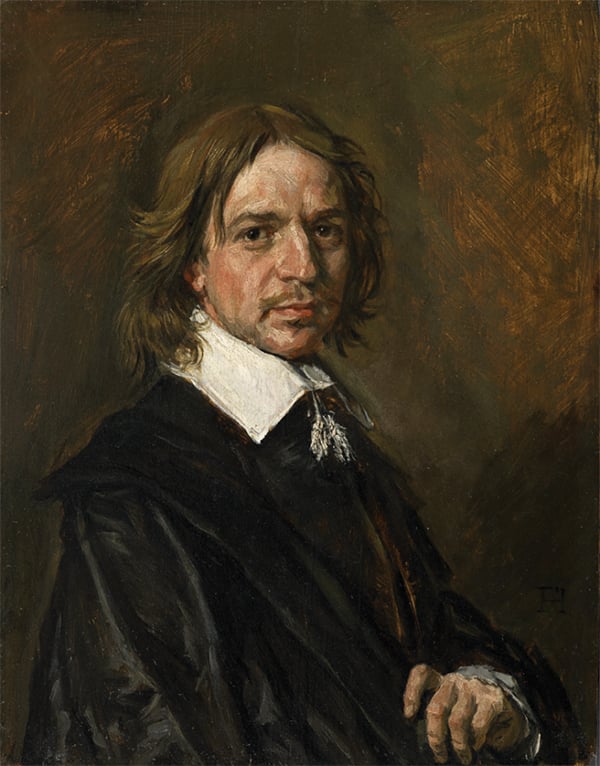Art Guides
Plot Thickens In Dispute Over Seized Cranach Painting
Convoluted claims over an Old Master

Convoluted claims over an Old Master

Eileen Kinsella

There has been a peculiar development in a dispute over a Lucas Cranach the Elder painting, owned by the Prince of Liechtenstein, that was seized from an exhibition in southern France earlier this month on suspicion that it is a forgery.
The Art Newspaper (TAN) reports that the seized painting is the subject of a lawsuit that has been ongoing since May 2014. The suit involves a French art dealer “who cannot currently be named,” according to the report, and has sued “two middlemen.”
Venus (1531), attributed to Lucas Cranach the Elder, was seized on March 1 from the Caumont Centre d’Art in Aix. Authorities were following the orders of a Paris-based judge, in connection with a criminal investigation that began in 2015, after an anonymous complaint contested its authenticity.
The painting is part of an exhibit of the Prince’s collection that is on view until March 28. It still appears on the Centre’s website as the main image being used to advertise the show, and is the exhibition catalogue cover image as well.

The website of the Caumont Centre d’Art still features the Lucas Cranach the Elder painting seized on a judge’s orders.
Photo: screenshot of the Caumont Centre d’Art website.
According to TAN, the French dealer claims he “was cheated of the true value of the work after agreeing to a contract of sale in November 2012.” But the two middlemen say the French dealer sold the painting to them in January 2013 for $673,000 (€510,000) as a work by an anonymous artist. Only later—the report does not say when—was it authenticated as a Cranach by two scholars.
The middlemen say issues arose when they attempted to check the work’s ownership history, in particular to clear any questions related to looting during World War II, according to the report.
In March 2013, the painting was purchased in Brussels by dealer Konrad Bernheimer for $4.2 million (€3.2 million), from a Paris-based, German financier. In July, Bernheimer’s gallery, Colnaghi, sold it to the Prince of Liechtenstein for $9 million (€7 million).
Such rapid flipping at fast-escalating prices such as these, is noteworthy from a market standpoint, regardless of whatever authenticity or provenance questions have been raised since.
Rémi Sermier, the attorney representing the Prince, told artnet News in an e-mail: “I understand that there is a dispute between the art dealer who first sold the painting to someone who resold it later on to Bernheimer/Colnaghi for a much higher amount. I am not aware of this civil dispute, which indeed is completely separate from the criminal investigation going on. As you know this investigation has been initiated by an anonymous letter sent to the French police accusing someone to sell forged paintings among which [is] the Cranach bought by the Prince.”
Sermier said the Prince has “nothing to do with the civil dispute (if there is one),” and that neither he nor his client know who the litigating parties are. “The Prince is only party to the criminal investigation as potential victim (if the painting is finally found to be a forgery).”
Philippe Scarzella, the attorney representing the French dealer, told TAN that an investigation related to the seizure involves half a dozen other works including a portrait attributed to Frans Hals, a David with the head of Goliath attributed to Orazio Gentileschi, and a portrait of cardinal Borgia after Velázquez. Two of the works were sold to London dealer Mark Weiss.
We reached out to Weiss gallery for comment and had not heard back as of publication time. He is quoted as calling the entire situation “insane” and said that the work attributed to Gentileschi was shown at the Maillol Museum in Paris and the National Gallery in London.

Franz Hals, Portrait of a Man, one of a series of Old Master works sold by a French dealer. In 2008 it was examined and confirmed by the National French Museums’ laboratory.
The French dealer at the heart of the lawsuit is reportedly the source for all of these works. He claims they were acquired from the collection of a French businessman, André Borie.
Today, on his blog Art History News, expert Bendor Grosvenor notes that Borie “was a French civil engineer who died in 1971. He built part of the Mont Blanc tunnel.” Grosvenor also posted an old video about the tunnel that shows a glimpse of Borie.
A reader wrote to Grosvenor with additional information about Borie, suggesting he worked for the Vichy government, raising the issue of potentially problematic “wartime connections” that may have been good reason for people to keep “quiet” about the paintings for so long.
TAN quotes several of the figures involved in the various sales of the Cranach, defending both their involvement and the authenticity of the work.
The anonymous German financier who sold the work to Bernheimer says he has “nothing to do with the criminal investigations” and insists the Cranach is authentic.
Bernheimer was asked about the painting at the opening of the recent TEFAF fair in Maastricht and told TAN that the painting is “correct” and had no further comment. He told the paper he was not aware that an analysis of the painting, commissioned by Christie’s in late 2012, had raised doubts about the painting.
We reached out to Bernheimer, who declined to comment on the matter.
Meanwhile, the Louvre tried unsuccessfully to raise $5.6 million (€5 million) to purchase the Hals. The Hals was reportedly affirmed as authentic after a 2008 study by the National French Museums’ laboratory.
Now, the Venus has been sent there for analysis at the request of the judge, Aude Buresi.
As Grosvenor points out on his blog today: “We might assume that the National French Museum’s laboratory is unlikely to declare the Cranach a fake. If the Hals has already passed muster, then you might say that bodes well for a Cranach from the same source.”